Uncovering Hollywood’s Greatest Child Stars Who Lost All Their Money Before They Could Even Spend It
There has been enough controversy surrounding child stars that the term “child stars” itself now conjures up ideas and images of abuse. Hollywood continues to benefit from (and at times exploit) the likes of young actors like Miley Cyrus, the Olsen twins, and Macaulay Culkin. But exploitation of child actors has a long history, reaching all the way back to the 1920s.
Child stars from the Golden Age of Hollywood faced serious issues due to their acting careers. These difficulties were often monetary and, sadly, the people to blame were their very own parents.
Jackie Coogan Becomes an Overnight Sensation
When Charlie Chaplin’s film The Kid hit theaters in 1921, child actor Jackie Coogan became an overnight sensation. He was only five years old, and he had played the starring role. It was not long before he found himself in another lead role in 1922’s Oliver Twist.
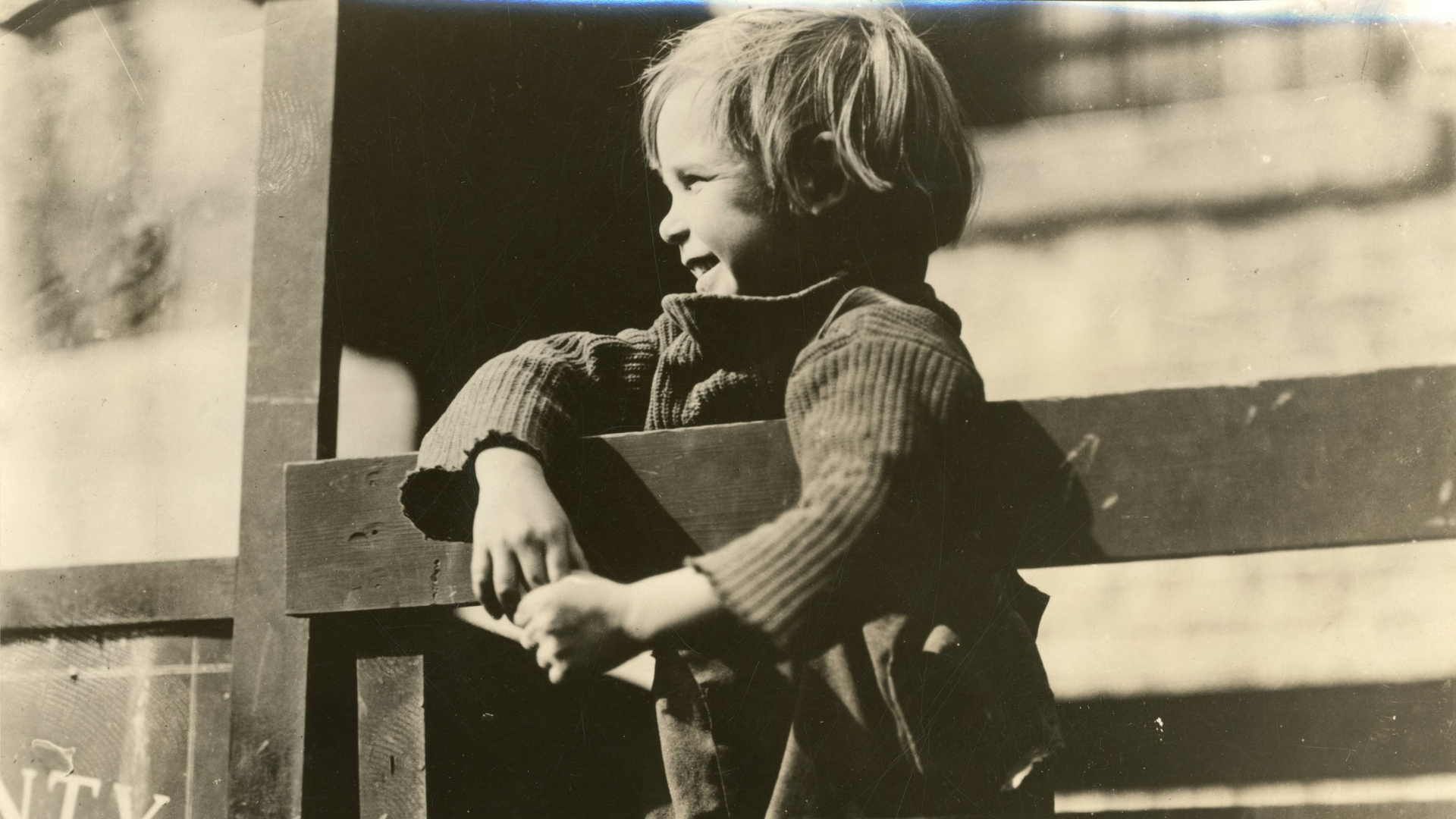
University of Washington/Wikimedia Commons
Coogan was adored by the American public. Within the span of a few years, he had a huge career in Hollywood. His face was everywhere, printed on lunch boxes and pencil cases. He even had a doll made in his own image.
Coogan Couldn't Claim His Millions Until He Turned 21
Coogan’s starring roles and huge endorsements brought in millions of dollars in revenue. But due to the laws of the time, Coogan didn’t actually own any of the millions he had worked for!
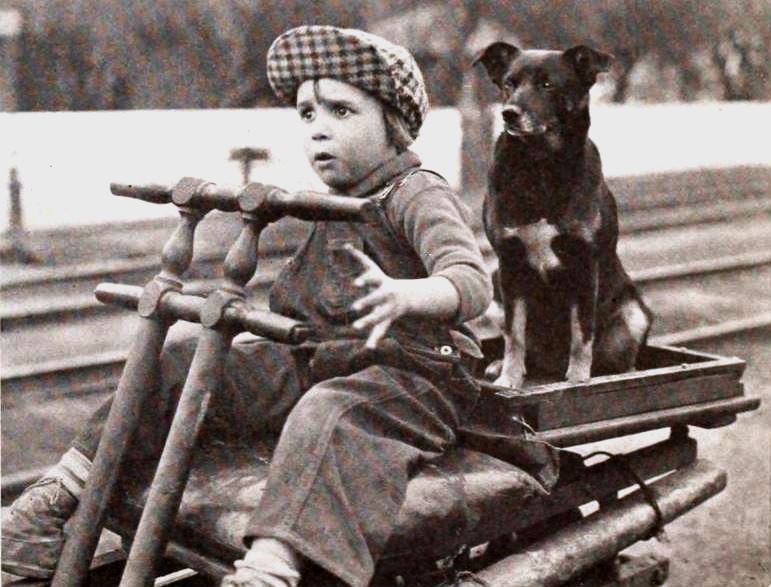
Associated First National Pictures/Wikimedia Commons
It was his parents—who were also his business managers—who were in charge of all that money. At least, until Coogan turned 21. Once he did turn 21, he would legally be able entitled to all the millions he had made since he began acting at five years old.
A Tragedy in Coogan’s Family
Only a few years before Coogan turned 21, he was involved in a terrible car accident, of which he was the sole survivor. His father and four other people died from the crash.

Source: Public Domain/Wikimedia Commons
Coogan’s father, up until his death, was the main one responsible for the child star’s money. Upon his passing, Coogan’s mother and stepfather gained responsibility. This would end up changing Coogan’s world — and the laws of the time.
Coogan Lost All His Money
Once Coogan turned 21, he learned about his financial situation. His money had been spent by his mother and stepfather to fund their lavish lifestyle. Unknowingly, it was his money that had paid for their expensive cars and clothes.
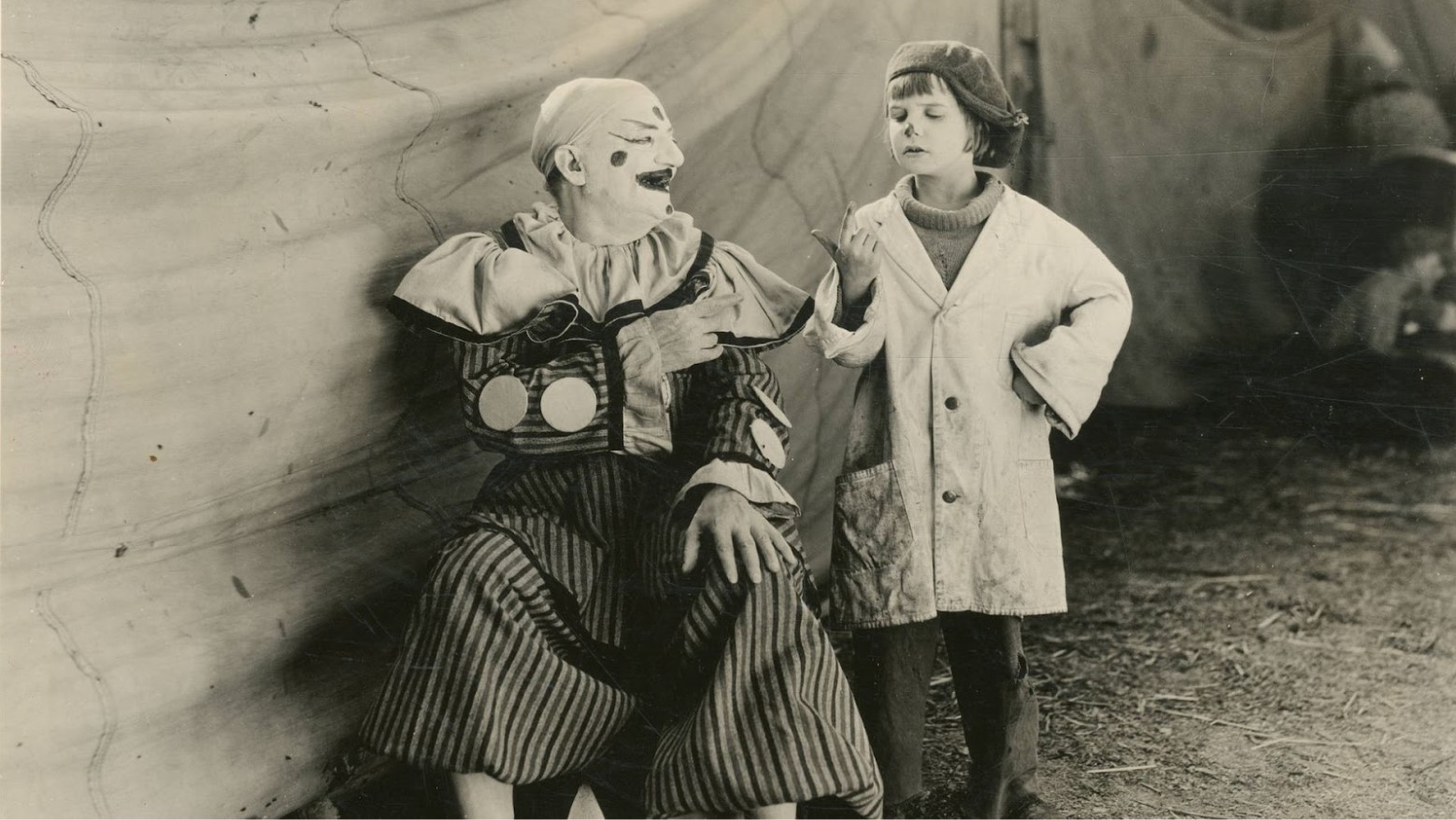
Source: Public Domain/Wikimedia Commons
Immediately, Coogan sued them for spending the money that was supposed to be his. Eventually, this case led to the California Child Actors’ Bill, which is often called the Coogan Law.
The Creation of the Coogan Law
The Coogan Law states that a parent or guardian still controls a child’s earnings — but 15% of the earnings must be kept aside in a trust fund. Once this child comes of age, they will be able to, at the very least, have this money.
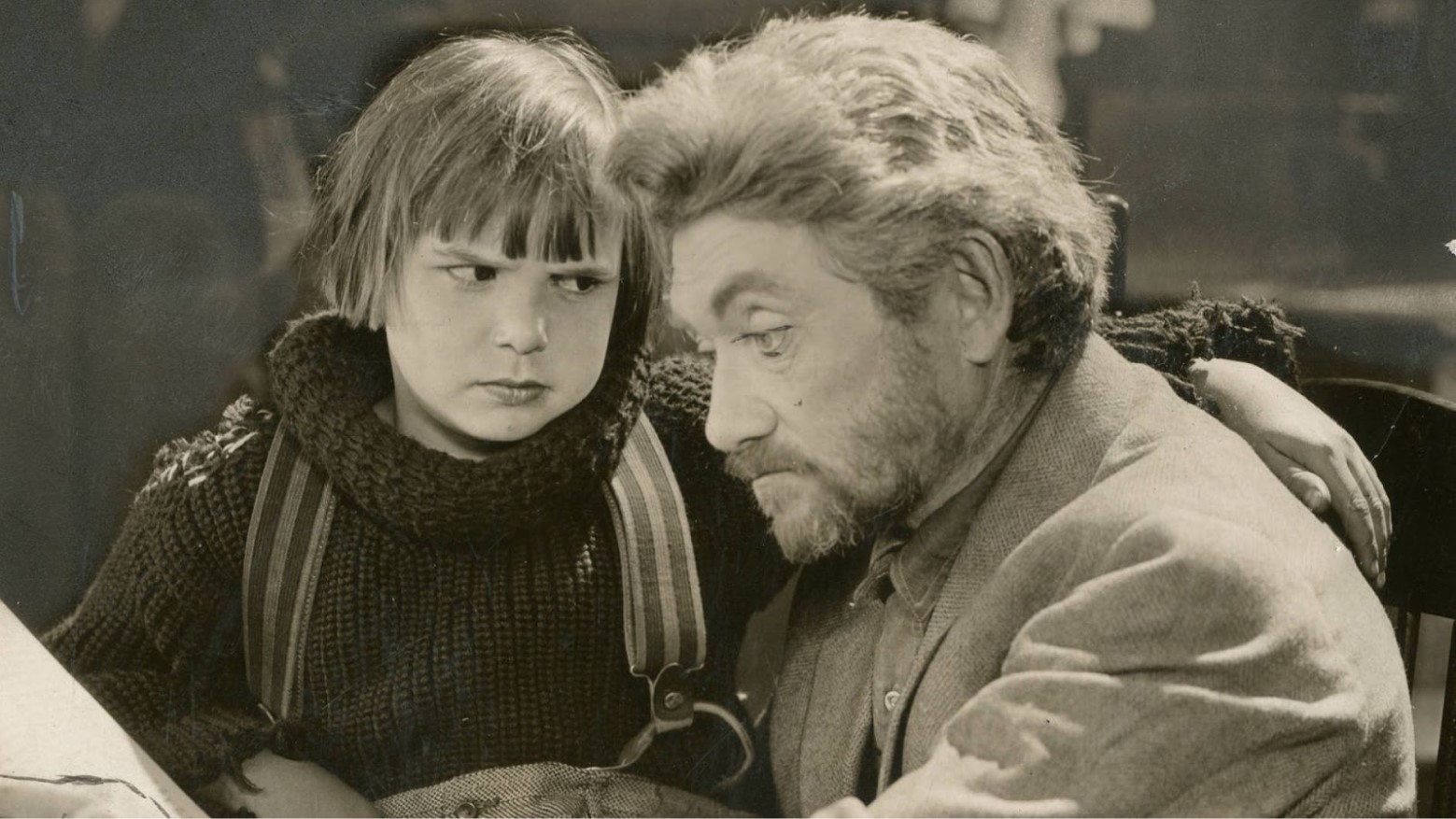
Source: Public Domain/Wikimedia Commons
This law was put in place to try to save child actors from their parents or guardians who may not have the best intent when it comes to finances. In a way, this was supposed to keep child actors from becoming victims of their own parents.
Loopholes of the Coogan Law
Unfortunately, loopholes in this new law were quickly found. Parents and managers alike were able to find ways to abuse the system and steal money from their children.

Source: Public Domain/Wikimedia Commons
Not until 2000 were these loopholes closed. For 60 years, these loopholes allowed Hollywood’s child stars to remain victims of their parents’ greedy lifestyles.
Diana Serra Cary: Coogan’s One-Time Rival
Right around the time Coogan was popular, Diana Serra Cary appeared in the limelight. Cary, known to many in the 1920s as Baby Peggy, became a sensation.
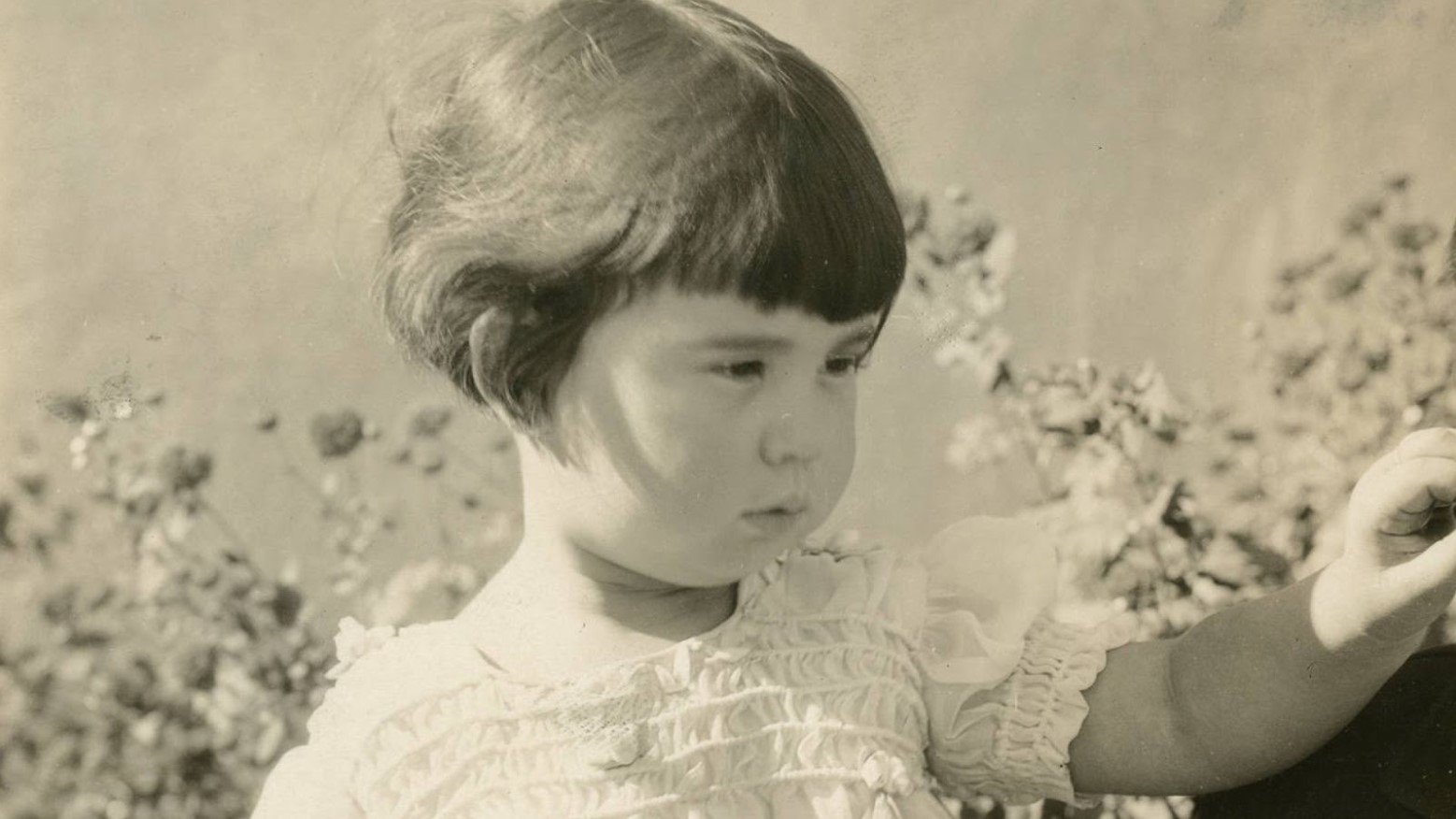
Source: Public Domain/Wikimedia Commons
As a child actor, she starred in over 150 short comedy films and three feature-length ones. Similar to Coogan, she was beloved around the nation — and earned an ample amount of money, thanks to her work.
Cary and Coogan’s Similar Situation
Unfortunately, Cary soon found herself in a similar situation as her fellow child star, Coogan. During Coogan’s trial — which was highly publicized — she had a conversation with her mother, who was in charge of her own finances.
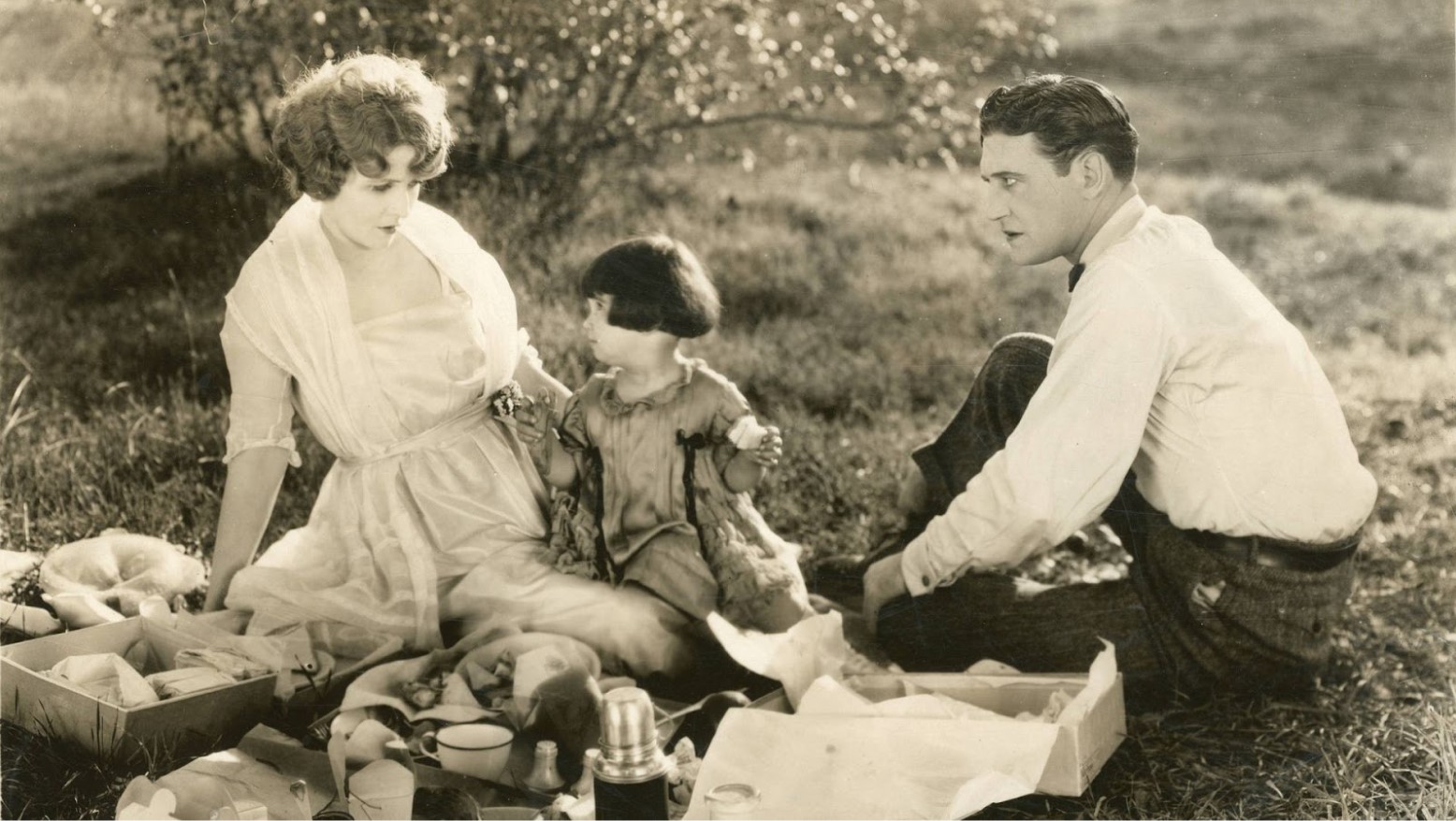
Source: Public Domain/Wikimedia Commons
Her mother reportedly snapped at her, saying, “I suppose now you’re getting ready to do the same thing to your father and me?” Eventually, when Cary came of age, she learned that most of her money had been spent by her parents. She had nothing left.
Cary Supported Other Child Stars
Though Cary didn’t end up suing her mother, she did spend the rest of her career writing and supporting other child actors, including Coogan. In 1990, she became a member of the nonprofit A Minor Consideration, which was created for children in the entertainment industry.
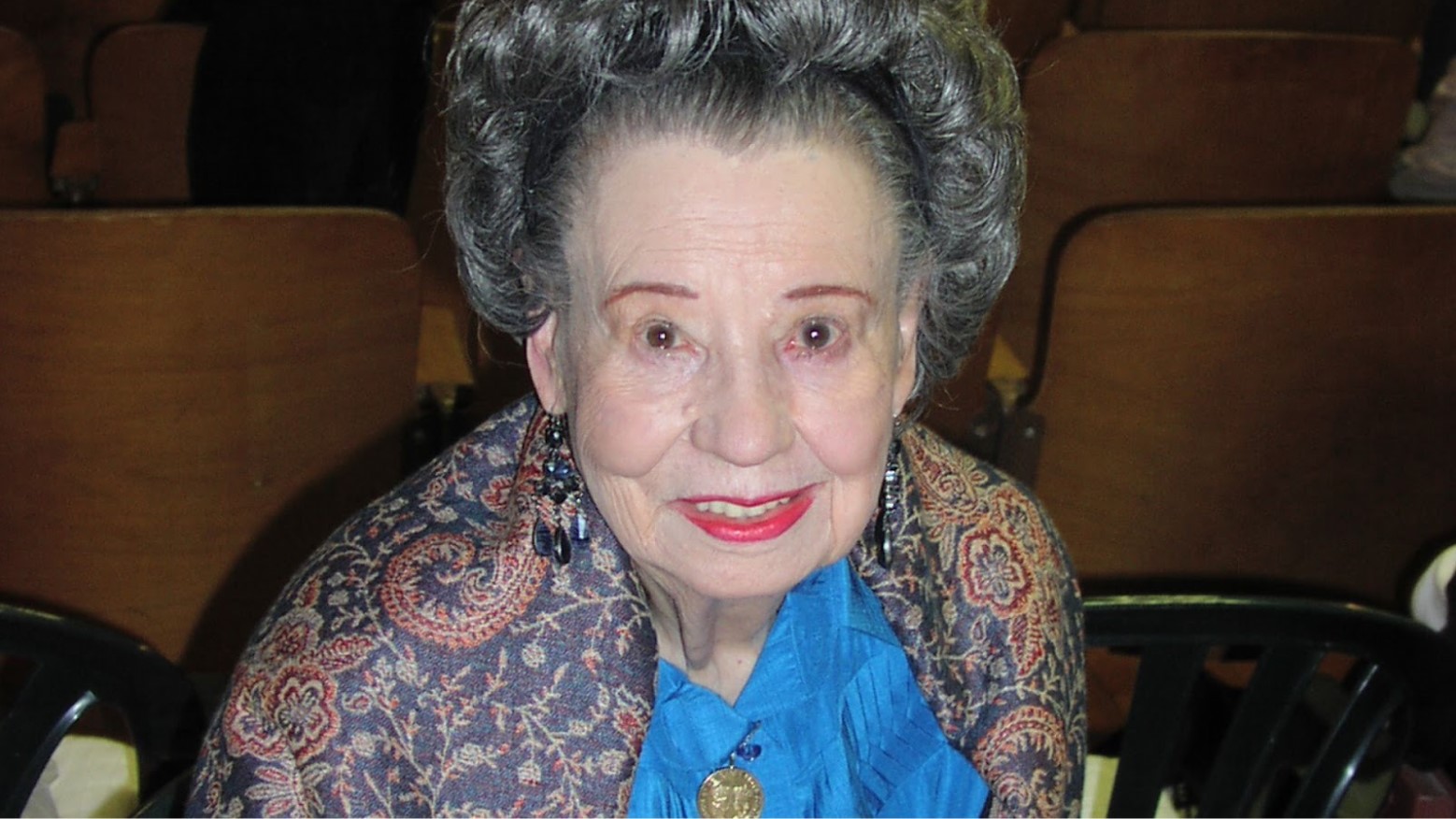
Source: Gazebo/Wikimedia Commons
This nonprofit and the work done by fellow member and child actor Paul Petersen would eventually lead to the 2000 revision of the Coogan Law.
Shirley Temple
In the 60 years before the Coogan Law was finally revised, many famous child stars realized that their parents had abused their financial earnings. Shirley Temple, who was a massive child star throughout the 1930s and into the 1940s, found herself in a situation similar to both Coogan and Cary.
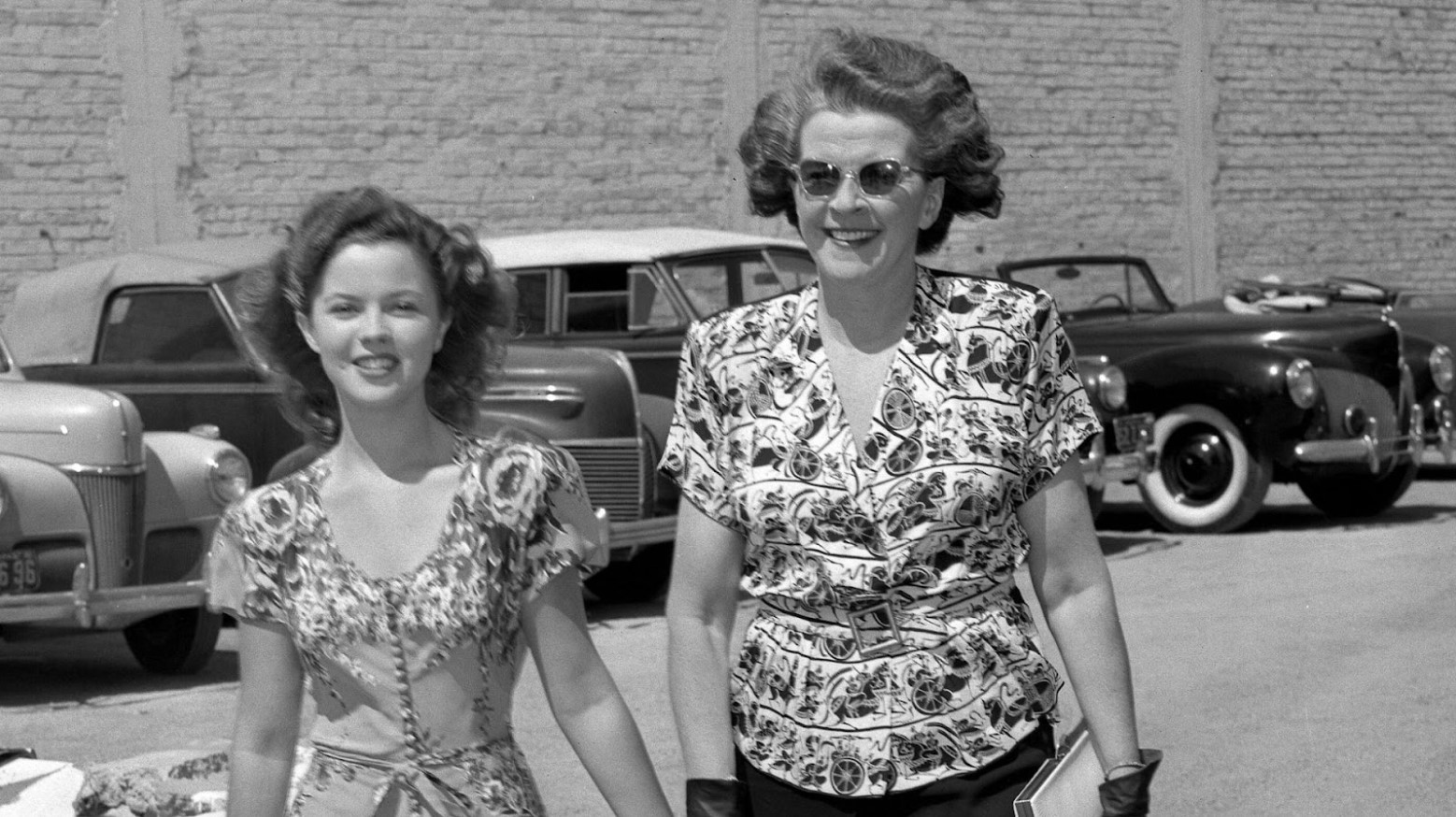
Source: Los Angeles Times/Wikimedia Commons
Temple was coined “America’s Sweetheart.” She was the number one box office star for four years. She was beloved. However, by the time she came of age to inherit her money, she learned that most of it was completely gone.
Judy Garland
Judy Garland, who began her storied career as a child actress in the 1930s, also fell prey to her mother’s unwise financial decisions.
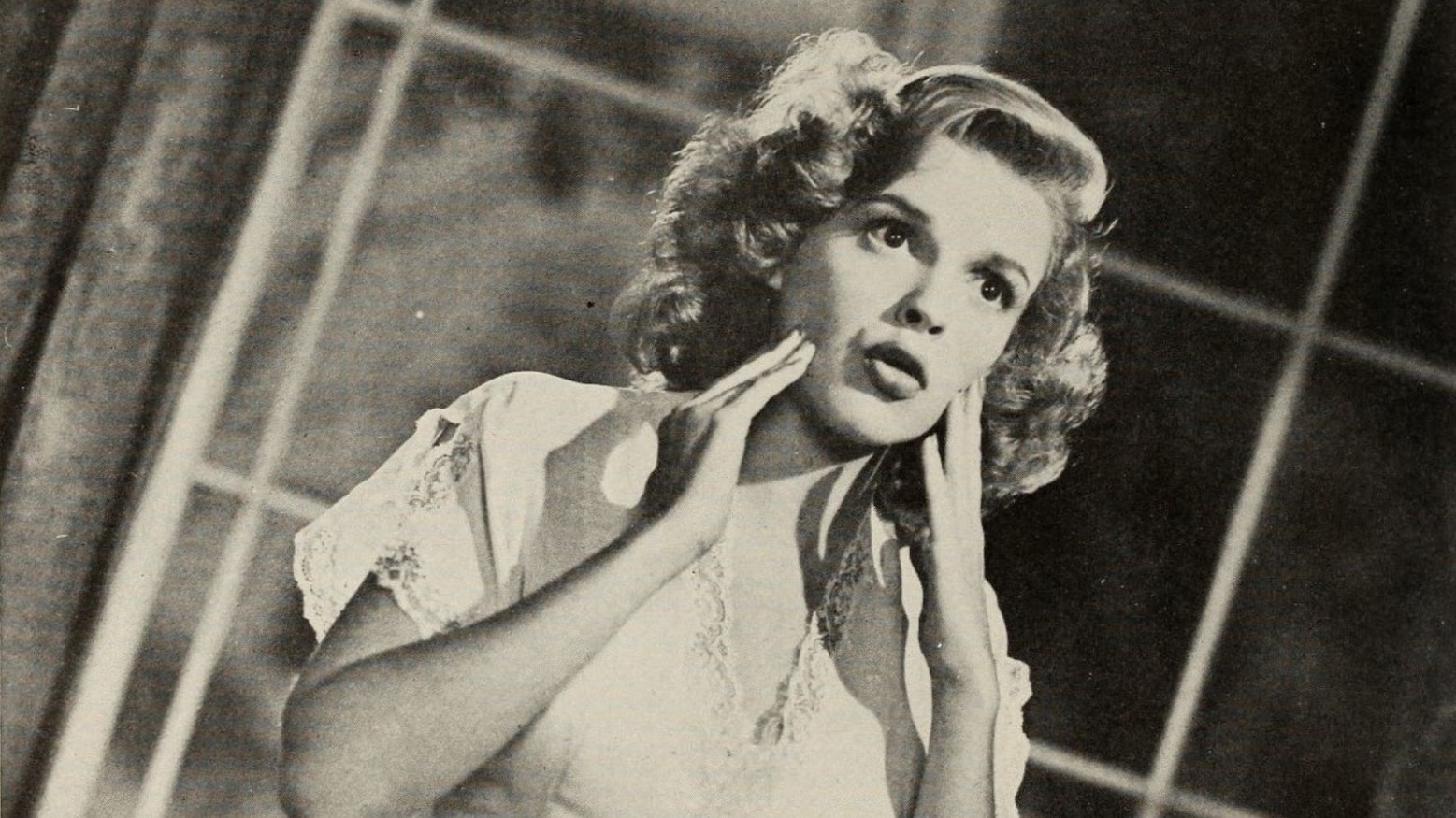
Source: Public Domain/Wikimedia Commons
Garland’s mother was able to find a loophole in the law by saying she needed to be paid from her daughter’s earnings. By acting as Garland’s manager, she took a percentage of Garland’s money.
